Pacific Wax Myrtle Companion Plants That Will Make Your Garden Pop
Pacific wax myrtle (Morella californica) is a beautiful evergreen shrub that is native to the coastal regions of California and Oregon. It is known for its glossy green leaves, fragrant white flowers, and small, black berries. Pacific wax myrtle is a versatile plant that can be used in a variety of garden settings, including as a hedge, screen, or specimen plant. It is also a popular choice for wildlife gardens, as its berries are a valuable food source for birds and other animals.
When choosing companion plants for Pacific wax myrtle, it is important to consider the plant's growth habit, sun exposure requirements, and soil type. Pacific wax myrtle is a fast-growing shrub that can reach heights of up to 20 feet. It prefers full sun to partial shade and well-drained soil.
Here are some of the best companion plants for Pacific wax myrtle:
- Camellia. Camellias are another evergreen shrub that is native to the Pacific Northwest. They are similar in size and growth habit to Pacific wax myrtle, and they also prefer full sun to partial shade. Camellias have beautiful flowers that bloom in the winter and spring.
- Coast redwood. Coast redwoods are the tallest trees in the world, and they can grow up to 300 feet tall. They are native to the coastal regions of California and Oregon, and they prefer full sun and well-drained soil. Coast redwoods make a dramatic backdrop for Pacific wax myrtle, and they can also provide shade in the summer.

- Douglas fir. Douglas firs are another tall evergreen tree that is native to the Pacific Northwest. They can grow up to 300 feet tall, and they prefer full sun and well-drained soil. Douglas firs make a good choice for screening or privacy, and they can also provide shade for Pacific wax myrtle in the summer.

- Holly. Hollies are evergreen shrubs or trees that are native to many parts of the world. They come in a variety of sizes and shapes, and they can be found in a variety of colors, including green, red, and yellow. Hollies prefer full sun to partial shade and well-drained soil. They make good companion plants for Pacific wax myrtle because they have similar growth habits and can provide winter interest.
- Rhododendron. Rhododendrons are evergreen shrubs or trees that are native to Asia and North America. They come in a variety of sizes and shapes, and they can be found in a variety of colors, including pink, purple, and white. Rhododendrons prefer partial shade and well-drained soil that is high in organic matter. They make good companion plants for Pacific wax myrtle because they have similar growth habits and can provide colorful flowers in the spring.
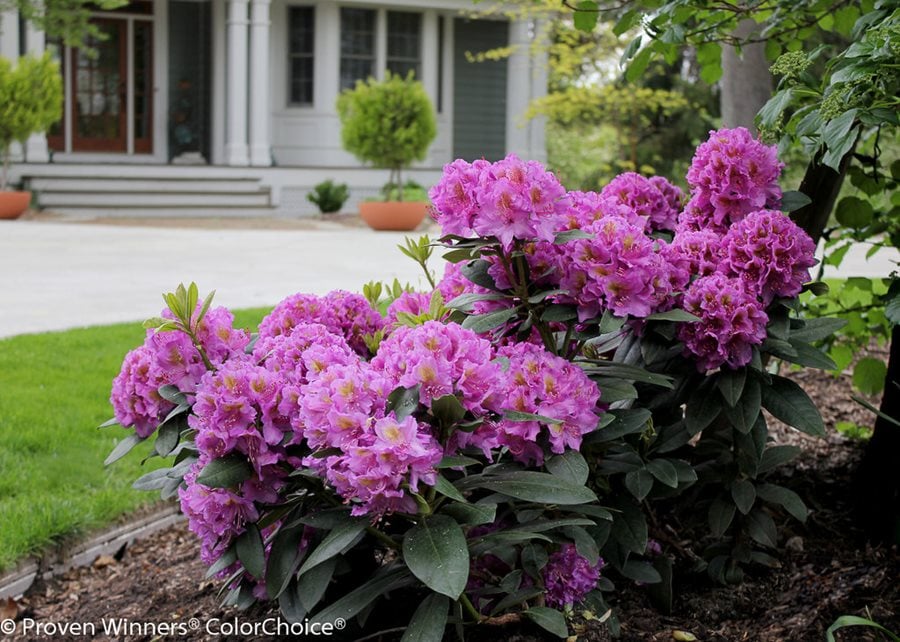
These are just a few of the many companion plants that can be used with Pacific wax myrtle. When choosing companion plants, it is important to consider the overall look and feel you want to create in your garden. You may also want to consider the climate and growing conditions in your area.
With a little planning, you can create a beautiful and inviting garden that features Pacific wax myrtle and its complementary companion plants.
Pacific wax myrtle (Morella californica) is a versatile evergreen shrub that can be grown in a variety of conditions. It is tolerant of salt spray, making it a good choice for coastal gardens. It is also drought-tolerant and can thrive in sandy or clay soils.
Pacific wax myrtle can be used as a hedge, screen, or specimen plant. It is also attractive to birds and butterflies. When choosing companion plants for pacific wax myrtle, it is important to consider the plant's mature size, sun and water requirements, and hardiness zone.
Some good companion plants for pacific wax myrtle include:
- Red buckeye (Aesculus pavia): This deciduous tree is native to the eastern United States and can grow up to 30 feet tall. It has showy red flowers in the spring and bright green foliage in the summer.

- Winterberry (Ilex verticillata): This evergreen shrub is native to eastern North America and can grow up to 6 feet tall. It has white flowers in the spring and red berries in the fall.
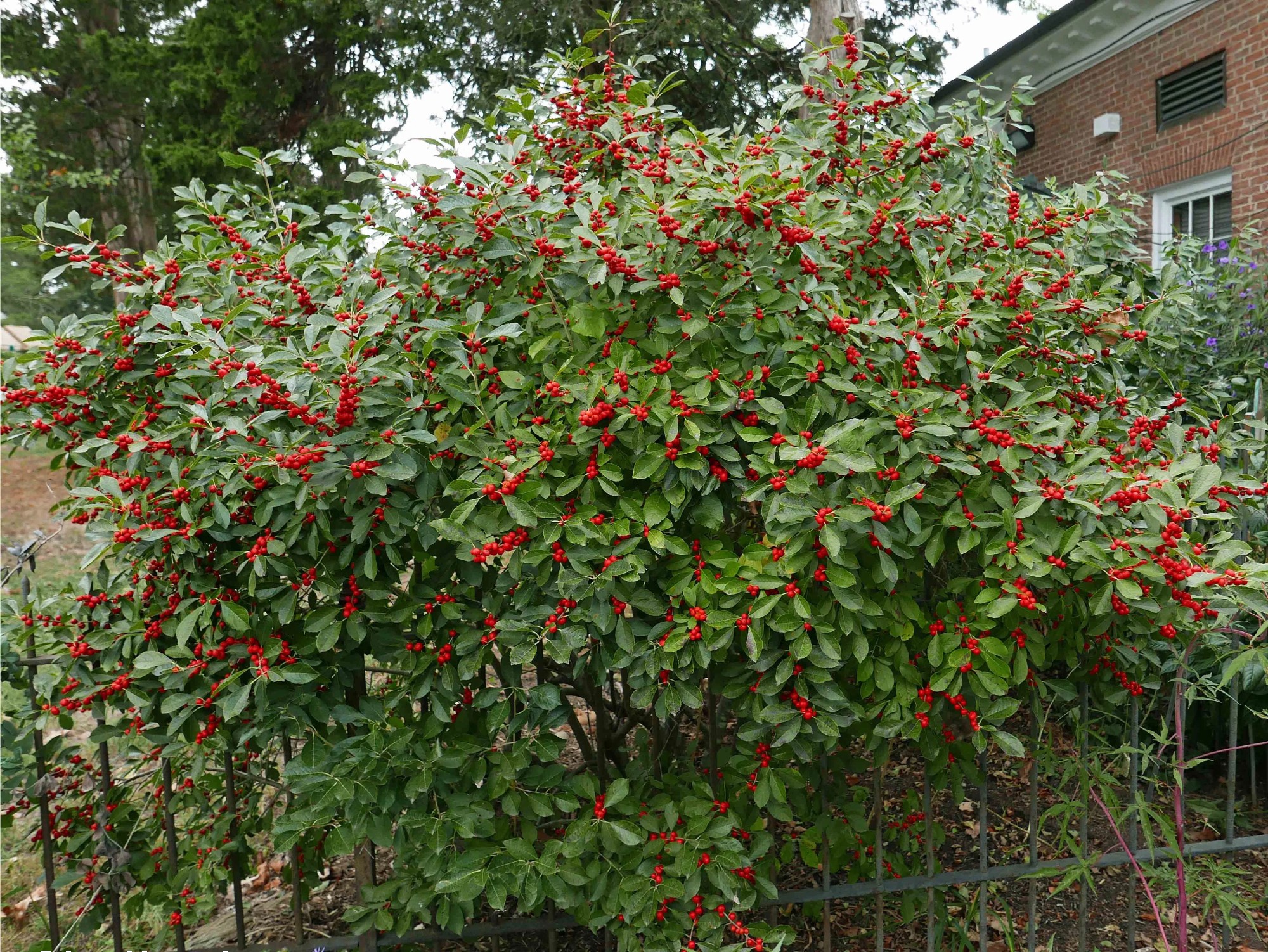
- Coastal redwood (Sequoia sempervirens): This evergreen tree is native to the Pacific Coast of North America and can grow up to 300 feet tall. It is the tallest tree in the world.

- Silk tassel bush (Garrya elliptica): This evergreen shrub is native to California and can grow up to 10 feet tall. It has long, silvery catkins in the spring.
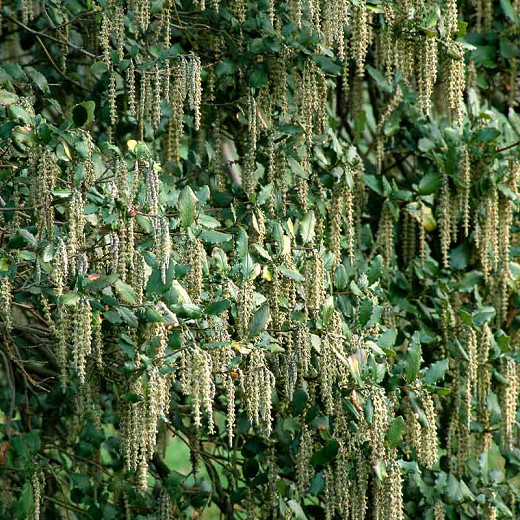
- Japanese white pine (Pinus parviflora 'Glauca'): This evergreen tree is native to Japan and can grow up to 40 feet tall. It has blue-green needles and a graceful, cascading form.
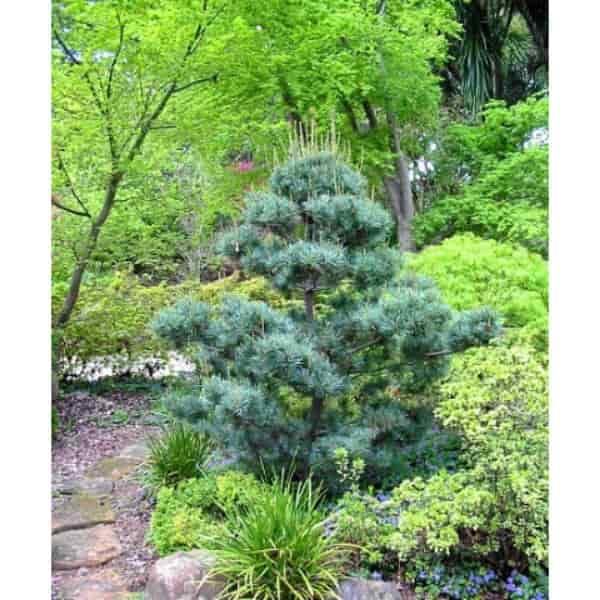
For more information about pacific wax myrtle companion plants, please visit Gardenia Inspiration.
FAQ of pacific wax myrtle companion plants
What are some good companion plants for Pacific wax myrtle?
Pacific wax myrtle is a versatile plant that can be paired with a variety of other plants. Some good companion plants include:
- Other evergreen shrubs: Pacific wax myrtle can be planted with other evergreen shrubs, such as rhododendrons, camellias, and hollies. This will create a year-round display of greenery in your landscape.
- Deciduous trees: Pacific wax myrtle can also be planted with deciduous trees, such as maples, oaks, and crabapples. This will add interest to your landscape in the fall, when the deciduous trees lose their leaves.
- Perennials: Pacific wax myrtle can also be planted with perennials, such as hydrangeas, azaleas, and daylilies. This will add color and interest to your landscape throughout the growing season.
- Vines: Pacific wax myrtle can also be used as a support for vines, such as grapes, honeysuckle, and clematis. This will add vertical interest to your landscape.
What are the ideal growing conditions for Pacific wax myrtle?
Pacific wax myrtle is a relatively easy-care plant that can tolerate a wide range of conditions. However, it prefers full sun and well-drained soil. It is also tolerant of salt spray and wind, making it a good choice for coastal plantings.
How often should I water Pacific wax myrtle?
Pacific wax myrtle is relatively drought tolerant. However, it will benefit from regular watering during the first year after planting. Once established, it only needs to be watered deeply once a week during the summer months.
How do I fertilize Pacific wax myrtle?
Pacific wax myrtle does not require a lot of fertilizer. A light application of a balanced fertilizer in the spring will help to promote new growth.
How do I prune Pacific wax myrtle?
Pacific wax myrtle can be pruned to maintain its shape or to control its size. It is best to prune in the spring or fall. When pruning, remove any dead, diseased, or damaged branches. You can also thin out the plant by removing some of the older branches.
Image of pacific wax myrtle companion plants
Here are 5 images of pacific wax myrtle companion plants from pinterest.com:
- California fuchsia: This plant is a native of California and blooms in shades of red, orange, and yellow. It prefers full sun and well-drained soil.
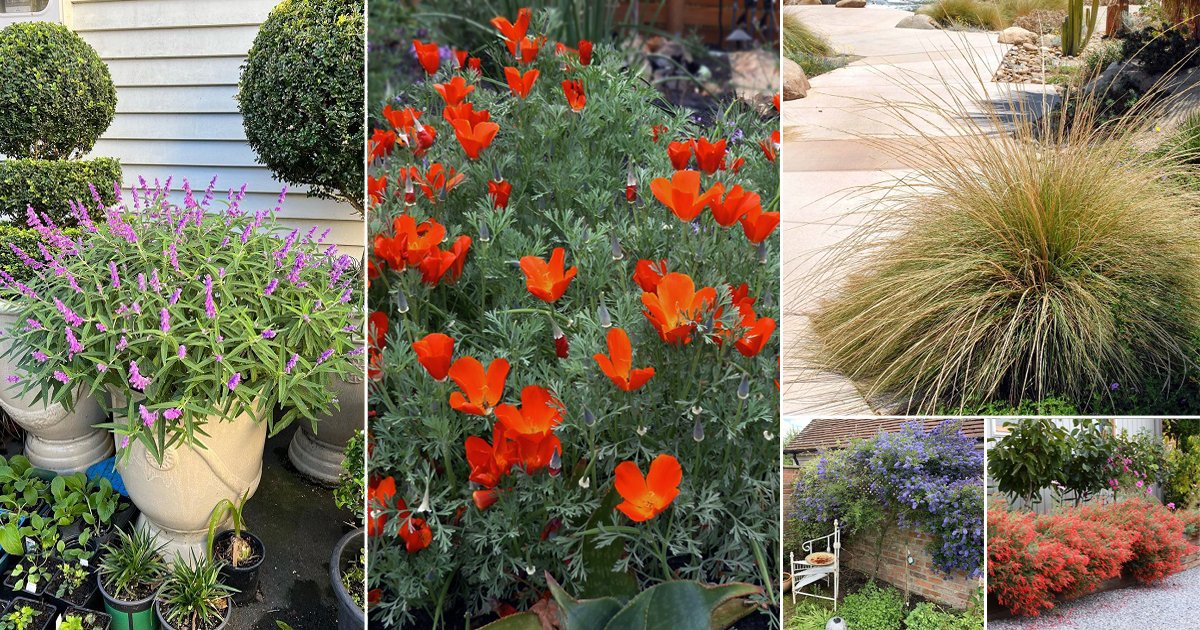
- Ice plant: This succulent plant is drought-tolerant and can tolerate full sun. It comes in a variety of colors, including pink, purple, and white.
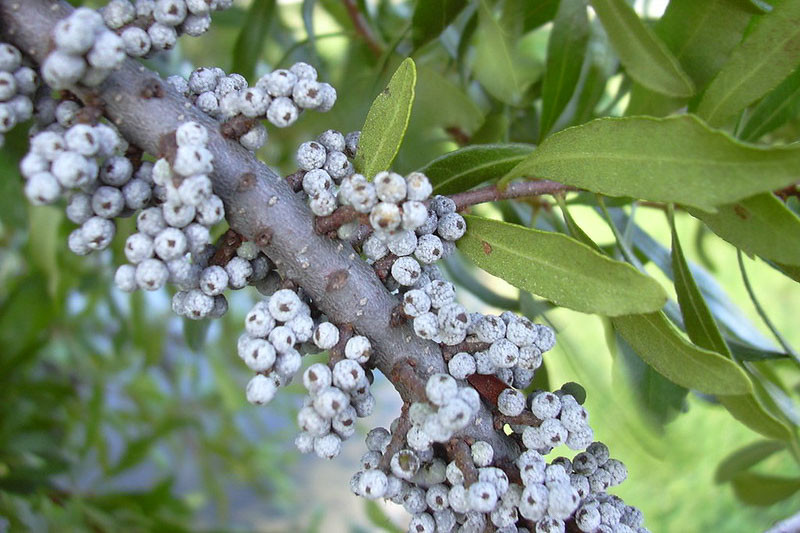
- Lavender: This herb is known for its sweet fragrance and purple flowers. It prefers full sun and well-drained soil.
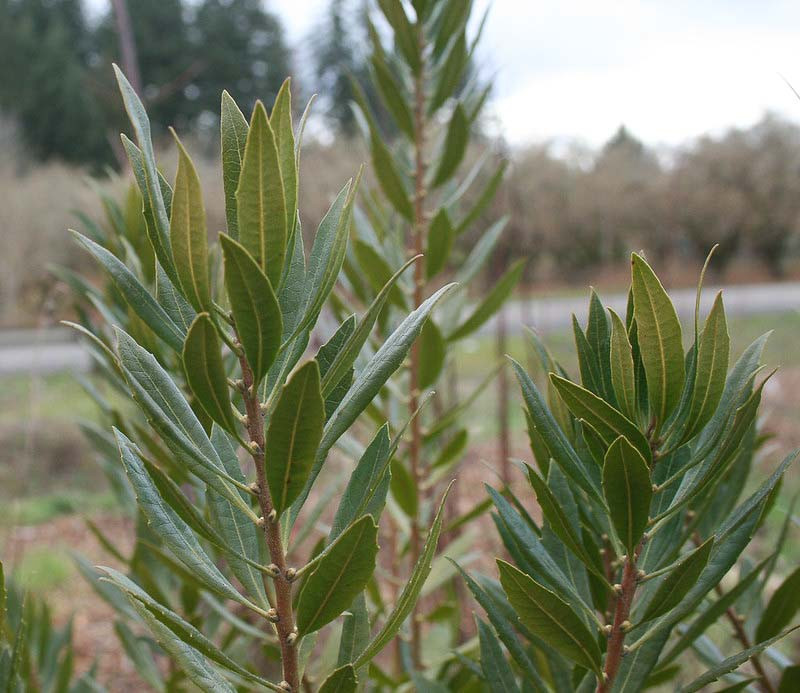
- Sea thrift: This plant is a native of coastal areas and blooms in shades of pink, purple, and white. It prefers full sun and well-drained soil.

- Verbena: This plant is known for its long-lasting flowers that come in a variety of colors. It prefers full sun and well-drained soil.

Post a Comment for " Pacific Wax Myrtle Companion Plants That Will Make Your Garden Pop"